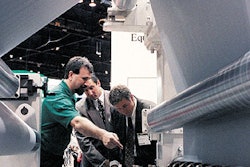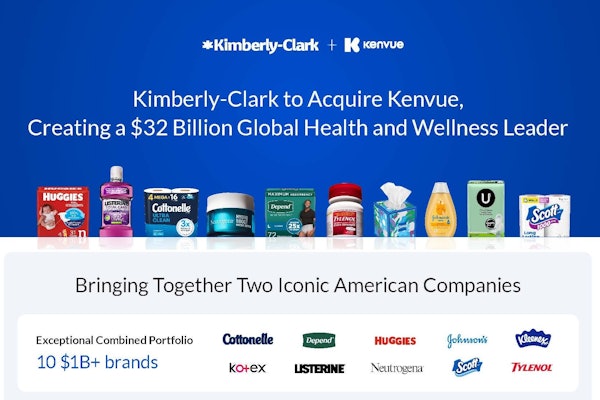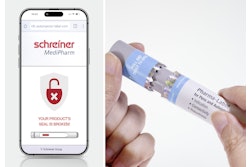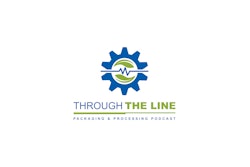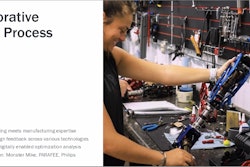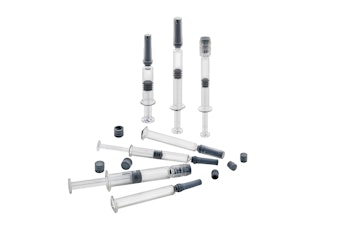Air-pouch void-fill system packs a big payback
Health Resources LLC of Hueytown, AL, was established in 1995 as a manufacturer of natural health supplements available by mail order. Today, the company offers more than 400 different SKUs, with products that promote a range of health solutions, including joint relief, heart health, reduced inflammation, and better digestion, among many others. In March, the company began running six AirPouch Express 3 air-pouch void-fill systems from Automated Packaging Systems to protect its bottles of product during shipment. The switch to air-pouch void-fill systems from loose-fill peanuts increases productivity, lessens mess, and reduces costs.
Nov 1, 2007
Researched List: Blister Machines for Life Sciences
Need a blister machine for life sciences packaging? Our curated list features companies serving pharmaceutical, medical device, nutraceutical, and cosmetic industries. Download to access company names, locations, machine specifications, descriptions, and more.
Download Now
List: Digitalization Companies From PACK EXPO
Looking for CPG-focused digital transformation solutions? Download our editor-curated list from PACK EXPO featuring top companies offering warehouse management, ERP, digital twin, and MES software with supply chain visibility and analytics capabilities—all tailored specifically for CPG operations.
Download Now
Downloads



